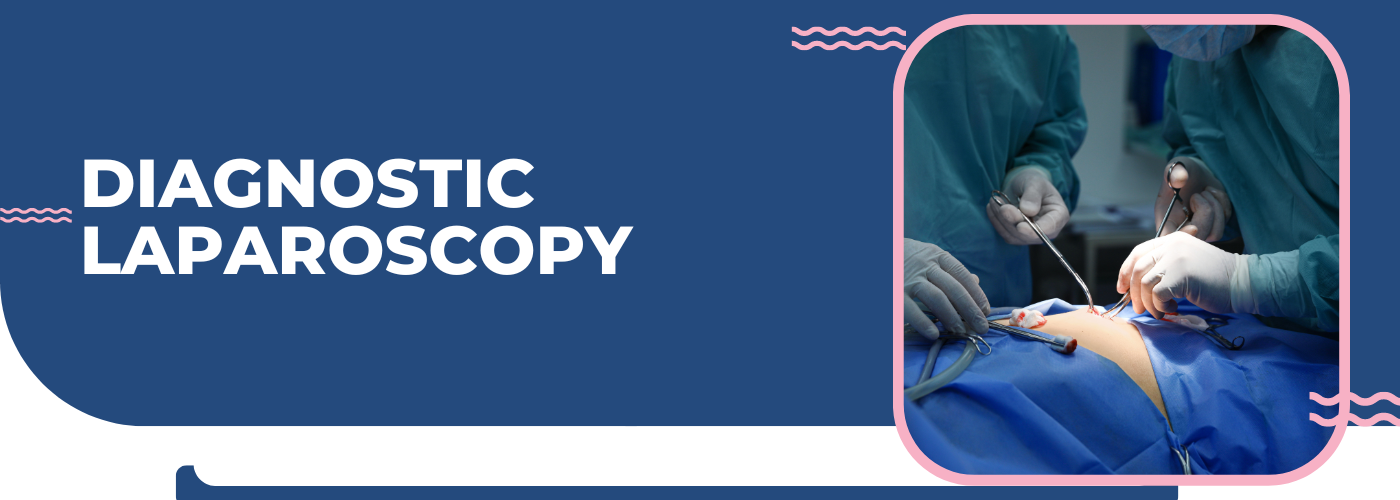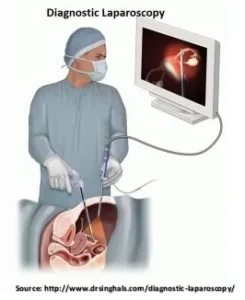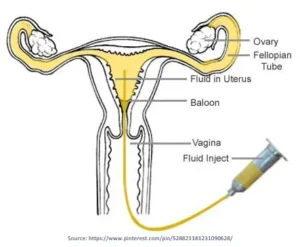
Diagnostic Laparoscopy in Andheri, Mumbai
Dr. Shweta Shah, one of the best gynecologist doctor in Andheri, is skilled in diagnostic laparoscopy. She has a wealth of knowledge and more than ten years of experience in the field. Being one of the best gynecologist in Andheri, she can relate to and connect with her patients, giving comprehensive and efficient care.
Keep reading this article to know more about diagnostic laparoscopy.
What Is Diagnostic Laparoscopy?
It is a procedure that allows the doctor to examine the organs of the abdomen or pelvis closely.
CONTACT US FOR MORE INFORMATION OR BOOK AN APPOINTMENT
How Is Diagnostic Laparoscopy Performed?

- The procedure is usually performed under general anesthesia in a hospital or outpatient surgical clinic (while the patient is asleep and pain-free). The procedure is performed as follows:
- The surgeon makes a small cut (incision) below the navel. A trocar, a needle or hollow tube, is introduced into the incision. Through a needle or tube, carbon dioxide gas is passed into the abdomen. The gas expands the region, providing the surgeon greater room to work and a better view of the organs.
- The trocar is then used to insert a small video camera (laparoscope) into the pelvis and abdomen, allowing the doctor to see the inside of the pelvis and abdomen. If more instruments are required to view specific organs better, more tiny cuts may be done.

- A dye may be put into your cervix during gynecologic laparoscopy so the surgeon may see your fallopian tubes. The gas, laparoscope, and tools are withdrawn after the test, and the cuts are closed. Bandages will be applied to those places.
When is Diagnostic Laparoscopy Needed?
Diagnostic laparoscopy is frequently performed for the following reasons:
- When X-ray or ultrasound results aren’t noticeable, determine the cause of pain or a growth in the abdomen and pelvic area.
- After an accident, to examine if any organs in the abdomen have been injured.
- Before undergoing cancer therapy, it is necessary to determine whether cancer has spread and, if so, how the treatment will be altered.
CONTACT US FOR MORE INFORMATION OR BOOK AN APPOINTMENT
Why Choose Dr. Shweta Shah?
- Personalized care tailored to individual needs
- Experienced and dedicated team of professionals
- Commitment to staying updated with the latest advancements in women’s health
- Comprehensive services ranging from routine check-ups to complex procedures
- Supportive and understanding environment
- Emphasis on open communication and building lasting relationships
- Prioritizing patient comfort, well-being, and satisfaction

Patients Review
What our patients say about us
Latest blogs

Spotting 8 Days After Embryo Transfer
Spotting 8 days after embryo transfer can worry couples undergoing IVF. It's a crucial moment in...

Spotting 8 Days After Embryo Transfer
Spotting 8 days after embryo transfer can worry couples undergoing...

Life 5 Years after Hysterectomy: Insights & Changes
Life isn't quite the same 5 years after a hysterectomy! It's a...

Day 8 Post IUI No Symptoms
One of the most common fertility treatments is intrauterine...





















